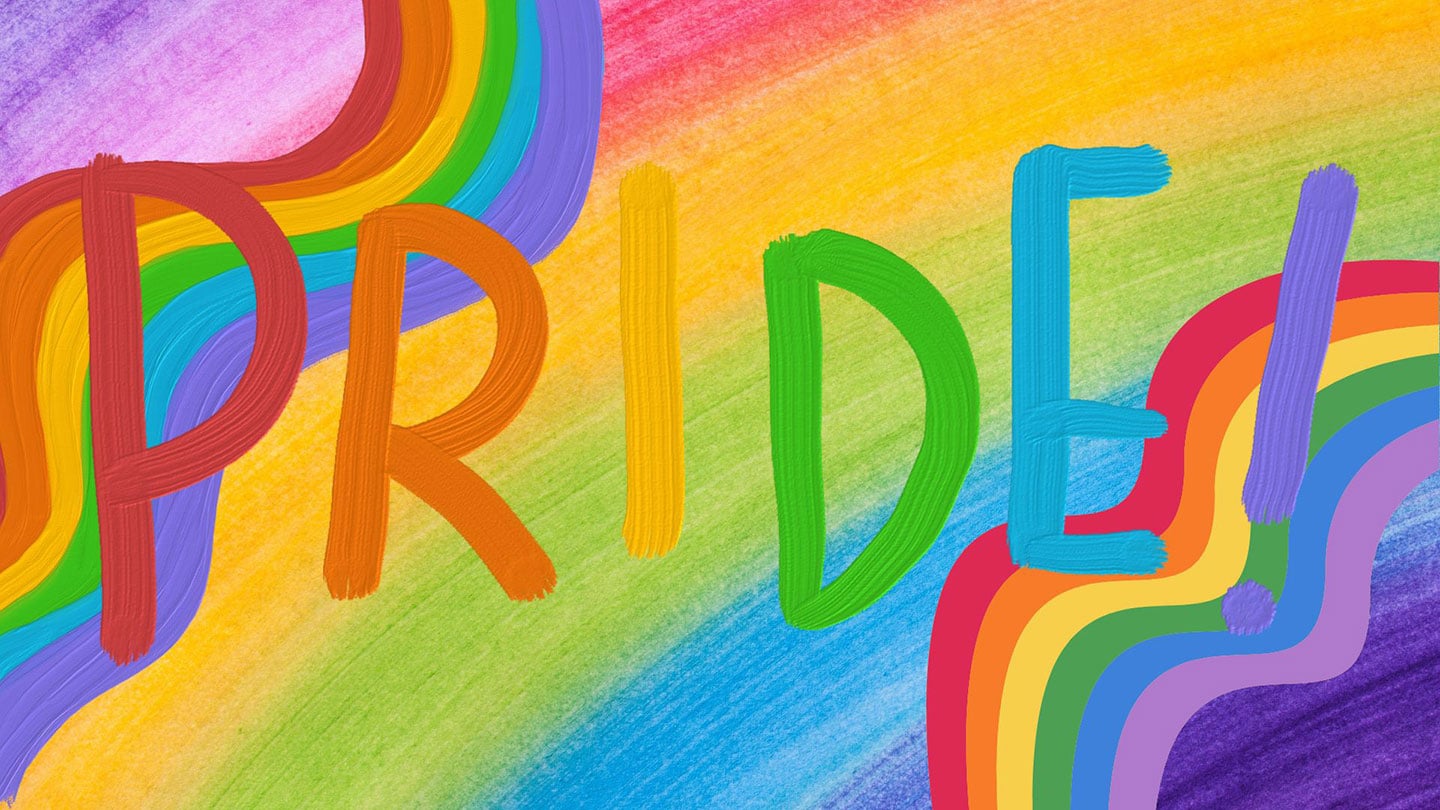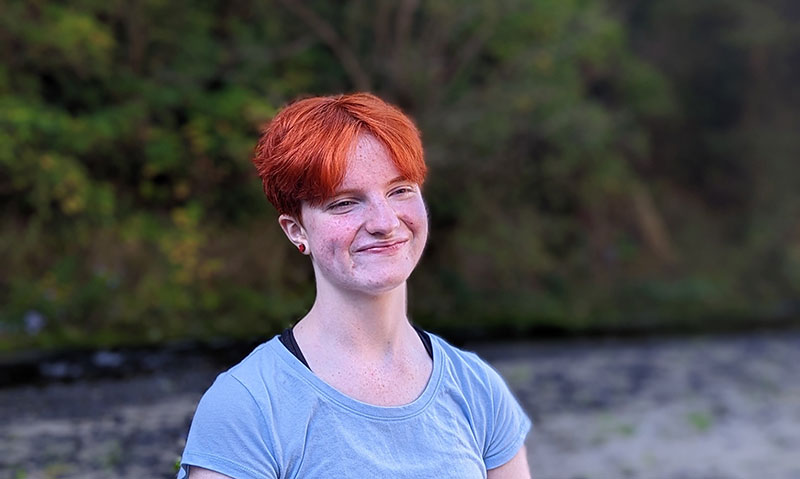
Being Gay on Campus: Build support through campus connections

Coming to the University of Utah from a smaller high school with a less diverse student population was a shocking experience. There were not many people out as gay or LGBTQ+ at my high school and being gay felt very isolating. At the University of Utah, I was pleasantly surprised to find not only peers but also faculty who are out and proud. Gay students face unique hurdles when acclimating to college life. Here is how I’ve navigated this process.
Finding Support Networks
First, it is very important to have support on campus not only through individual connections but also organizations. The LGBT Resource Center is one such organization on my campus. They organize Pride Week events as well as other functions throughout the school year. This makes it feel less lonely. From the Center’s website: “The LGBT Resource Center empowers lesbian, gay, bisexual, transgender, queer, questioning, intersex, asexual/aromantic (LGBTQIA+) students to grow as leaders and learners by supporting students in navigating university systems, exploring their identities, finding community, and developing as leaders with a social justice lens.“
Another group I have personally found a home with is the campus chapter of oSTEM (out in Science, Technology, Engineering, and Mathematics). oSTEM (www.ostem.org/) is a professional association for LGBTQ+ people in the STEM community with over 100 student chapters at colleges across the country. As oSTEM states on its website, their “mission is to create a diverse, inclusive, and supportive community that brings LGBTQ+ students and allies in STEM fields together.”
Facing Challenges
Even with strong support networks in place, being out as LGBTQ+ comes with a lot of challenges. There are those in the community who still hold prejudices against us, and it affects us all on a day-to-day basis. There have been times when I have been promoting groups like oSTEM, and I have received mean glances, comments, and have even been outright laughed at. This has been difficult on my mental health and sometimes leads the campus I love to feel like a hostile environment. I believe, however, that we all are responsible to talk about these difficult moments. We need to discuss what needs to change in order to see change.
I am so incredibly lucky to have so many supportive organizations on campus. I hope through this blog I can convey how important these resources are and to encourage other students to seek support networks on their own campuses. It’s important to start a conversation about how these critical issues impact the overall success of students in this community.
Do you have a compelling story or student success tips you’d like to see published on the Pearson Students blog? If you are a college student and interested in writing for us – click here to pitch your idea and get started!
About the author

Ienne Zielinski
Ienne Zielinski is a second-year student at the University of Utah studying chemical engineering. In high school, he captained a competitive FIRST robotics team and found a love of collaborative and mutually beneficial work. Entering university, Ienne vowed to continue this community dedication and collaborative work. In conjunction with his pursuit of chemical engineering, he is secretary of oSTEM through which he collaborates in organizing events and demonstrations for peers to participate in for outreach and inclusion. Ienne is also a Pearson Campus Ambassador.


